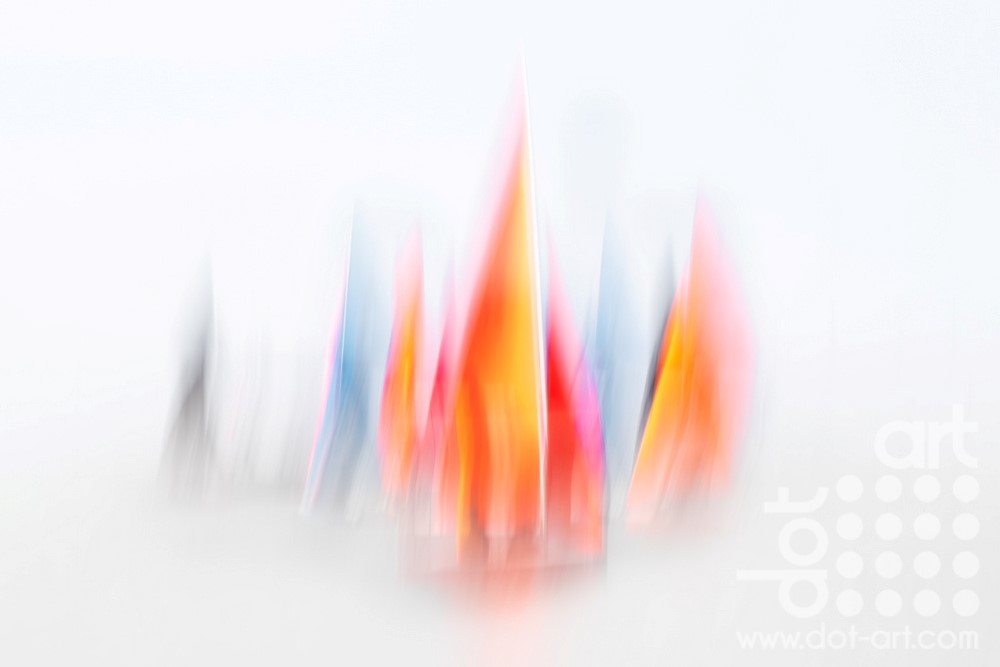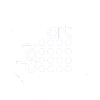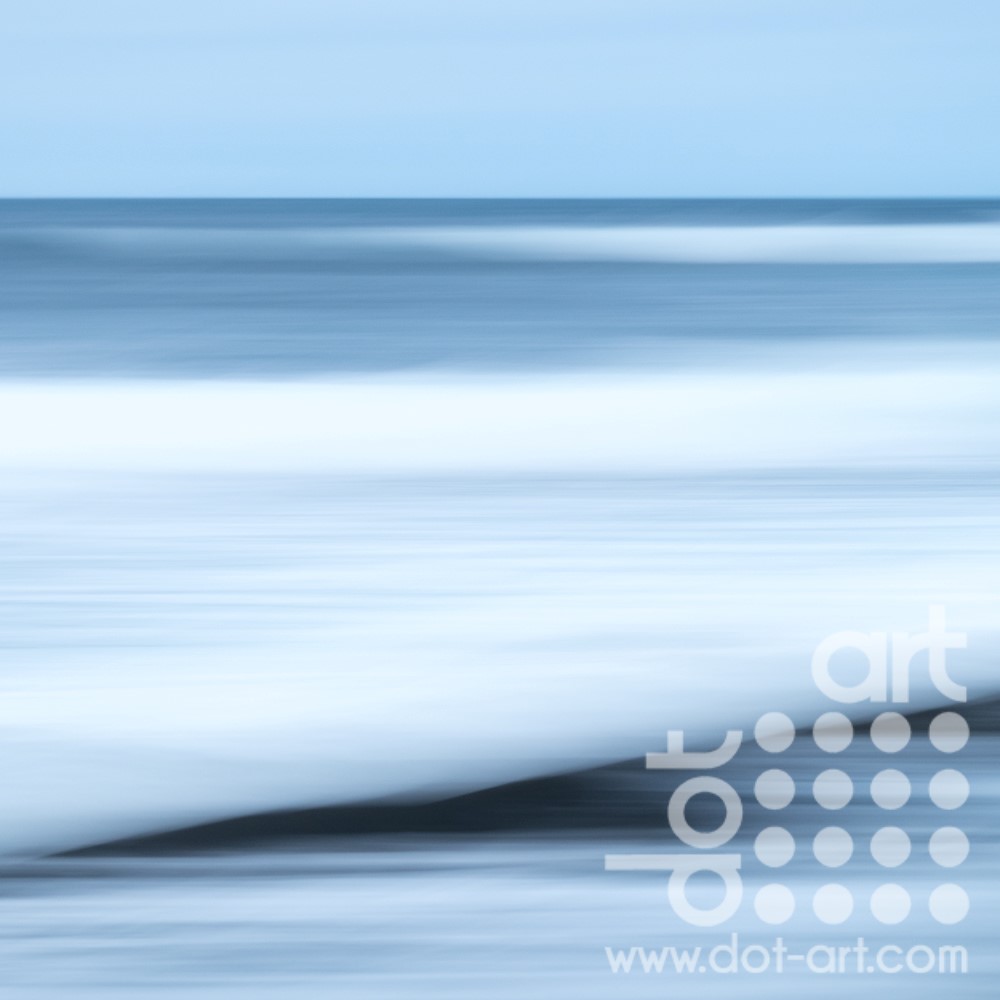This month dot-art speaks to local artist Mark Reeves.
Mark is primarily an outdoor photographer who only works with available light, using shutter techniques to abstract images. Details such as sails, hulls, lines and tillers are no longer important and only the essence of the activity is conveyed; excitement or tranquillity, calm or drama.
Another project of Mark’s is ‘The Earth Dies Screaming’ featuring dystopian landscapes depicting the impacts of climate change; storms, fires, floods and melting ice.

How would you describe your style?
Nearly all of my work is created outdoors and usually features landscapes or buildings. I mainly create work in two different styles; one is impressionism and the other might be termed fine art photography; dramatic, fairly minimal, mostly monochromatic images.
Which medium do you work with and how would you describe your work?
I am a photographer, what I like about my photography is the intellectual and creative challenge involved in creating an output that is original and engaging and, in the case of much of my work, doesn’t look like a photograph.
Can you talk us through your process? Do you begin with a sketch, or do you just go straight in? How long do you spend on one piece? How do you know when it is finished?
I am not really the kind of photographer who does a lot of planning or previsualisation. I work much more on my immediate gut-reaction to a scene that I encounter; and if there’s no reaction I won’t be motivated to try to create images.
I need to feel excited about what I am seeing and about its potential for making interesting images. How I react to a scene will be determined by things like the light, shapes and lines that I see, sometimes colours etc. And, of course, photographs rarely come straight out of the camera and on to a screen or printed page; a lot of their creation comes through image processing; just as it always has done.
As I work digitally, my processing is done at my desk rather than in a darkroom. So my response to a scene is also determined by the potential I see within it; what can I do with this raw material that I see before me to turn it into art? How long I spend on any one image will depend largely on its subject matter.
Impressionist images will usually take lots of attempts at getting the image right in camera and require relatively little processing, whereas my architectural work will often only require one or two exposures but lots processing time; sometimes more than a day.

When did you begin your career in art?
It could have been when I was about 8 years old and won a painting prize (an apple!) at school.
As an adult, I’ve always taken photographs and have always been drawn to more creative photography rather than representational work. I started to take it more seriously in 2009 when I went on a photographic holiday in Italy led by an artist.
Who or what inspires your art?
Turner is most definitely a major inspiration for my impressionist work. His portrayal of light was sublime and is something that I would like to be able to better emulate.
For my fine art work, I would say that photographers Bruce Percy, Noel Baldewijns and David Rosen have been significant influences.
Why is art and creativity so important to you?
I think it’s because (notwithstanding the apple!) I was never any good at art as a kid but now I have a way to express my creativity.
It gives me deep satisfaction to create a piece of work that I really like. But the process of creation is just as important to me as the final result; being out in the landscape with a camera is totally absorbing, totally enjoyable – the ultimate self-actualisation. It enables me to stand back from life, to view it from a distance and to put worries into perspective.
What are you working on at the moment?
I’m trying to take my photography in a more minimalist direction and alongside this I’ve embarked on painting classes. Not because I ever expect to be a good painter but because I really enjoy it for its own sake, and the challenge of learning something new. I also hope that it will help me in developing my photography through having to work with composition and tone much more consciously.
What does it mean to be an artist in the Liverpool City Region?
The region is so full of such creativity that it’s a great place to work. And, not being a native, the positive energy, enthusiasm and supportiveness of people is what really strikes me about the region.
What was the best advice given to you as an artist?
Slow down and take your time. It’s far better to go home with one really good image than a ton of mediocre ones.
Discover more of Mark Reeves on our online shop!


